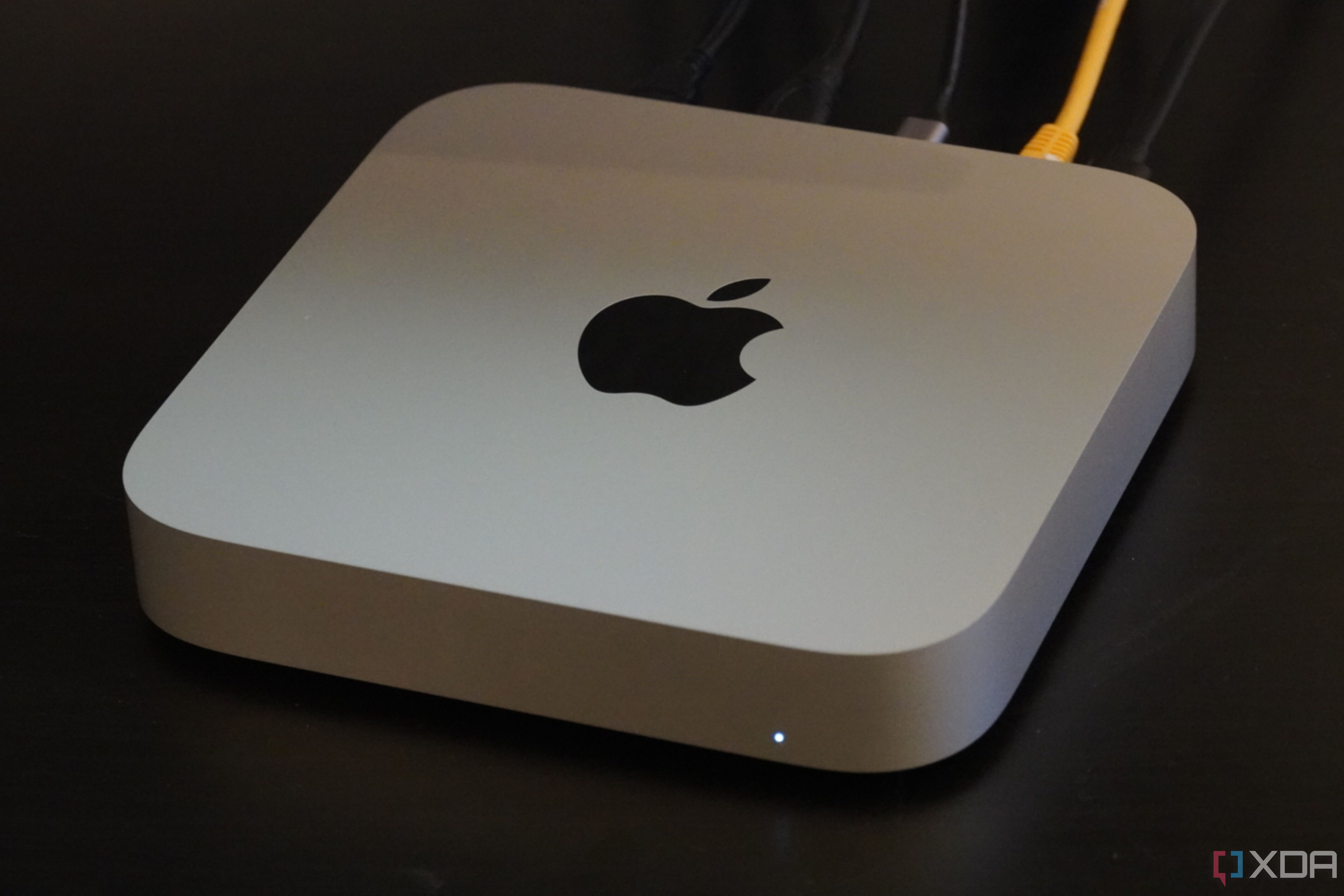- cross-posted to:
- apple_enthusiast@lemmy.world
- hardware@lemmit.online
- cross-posted to:
- apple_enthusiast@lemmy.world
- hardware@lemmit.online
There were a number of exciting announcements from Apple at WWDC 2024, from macOS Sequoia to Apple Intelligence. However, a subtle addition to Xcode 16 — the development environment for Apple platforms, like iOS and macOS — is a feature called Predictive Code Completion. Unfortunately, if you bought into Apple’s claim that 8GB of unified memory was enough for base-model Apple silicon Macs, you won’t be able to use it. There’s a memory requirement for Predictive Code Completion in Xcode 16, and it’s the closest thing we’ll get from Apple to an admission that 8GB of memory isn’t really enough for a new Mac in 2024.



They moved to on-die RAM for a reason: To nickel and dime yo ass.
I needed to expense a Mac Mini for iOS development, and everyone (Me, the company, our purchasing department) was baffled at how much it cost to get 16 GB. And they only go up to 24GB. Imagine how much they’ll charge for 32 in a year!
It’s technically a bit faster, but yeah, I think charging more is the bigger motivation.
Companies primarily make decisions to maximise the profitability of someone and it’s never the consumer.
It’s a bit first but if their primary motivation was performance improvements they wouldn’t be soldering 16 GB.
If you’re going to weld shoes to your feet, you better at least make sure that they’re good shoes.
Why not? There is a performance benefit to being closer to the CPU, and soldering gets you a lot closer to the CPU. That’s a fact.
Yeah but if you’re only putting 8 GB of RAM on then you’re also going to be constantly querying the hard drive. So any performance gain you get from soldering, is lost by going all the way to the hard drive every 3 microseconds.
It’s only better performance on paper in reality there’s no real benefit. If you can run an application entirely entirely within the 8 GB of RAM, and assuming you’re not running anything else, then maybe you get better performance.
And that’s the idea. Soldering memory is an engineering decision. How much to solder is a marketing decision. Since users can’t easily add more, marketing can upsell on more RAM.
It’s not “on paper,” the RAM itself is performing better vs socketed RAM. Whether the system runs better depends on the configuration, as in, did you order enough RAM.
I can’t tell if you’re a stooge or if you really think that. I hope you are stooge, because otherwise that’s a really stupid position you’ve decided to take and you clearly don’t actually understand the issue.
I’m pretty sure I do understand the issue. Here are some facts (and an article to back it up):
And here’s my interpretation/guesses:
So:
Using socketed RAM won’t fix performance issues related to running out of RAM, that issue is the same regardless. Only adding RAM will fix those performance issues, and Apple could just as easily make “special” RAM so you can’t buy socketed RAM on the regular market anyway (e.g. they’d need a different memory standard anyway due to Unified Memory).
I have hated Apple’s memory pricing for decades now, it has always been way more expensive to add RAM to an Apple device at order time vs PC competitors (I still add my own RAM to laptops, but it’s usually way cheaper through HP, Lenovo, etc than Apple at build-time). I’m not defending them here, I’m merely saying that the decision to use soldered RAM makes a lot of engineering sense, especially with the new Unified Memory architecture they’re using in the M-series devices.
Sounds like one of those rare cases where engineering and marketing might agree on something.
Mac Mini is meant to be sort of the starter desktop. For higher end uses, they want you on the Mac Studio, an iMac, or a Mac Pro.
I assumed that the Mini was the effectively a Mac without a monitor. Is it relatively underpowered too?
Its not underpowered for average users, but it’s not meant for professional uses beyond basic office work.
Similar to the mini they offer the Studio which doesn’t have a monitor built in https://www.apple.com/mac-mini/compare/?modelList=Mac-studio-2023,Mac-mini-M2
Then for the higher end uses they offer a more typical tower format https://www.apple.com/mac-pro/
But would an M1 Mini be similar to an M1 iMac?
As far as I understand, the Mac lineup don’t have screens, the IMacs are stationary and do have a screen, the MacBooks are the laptops.